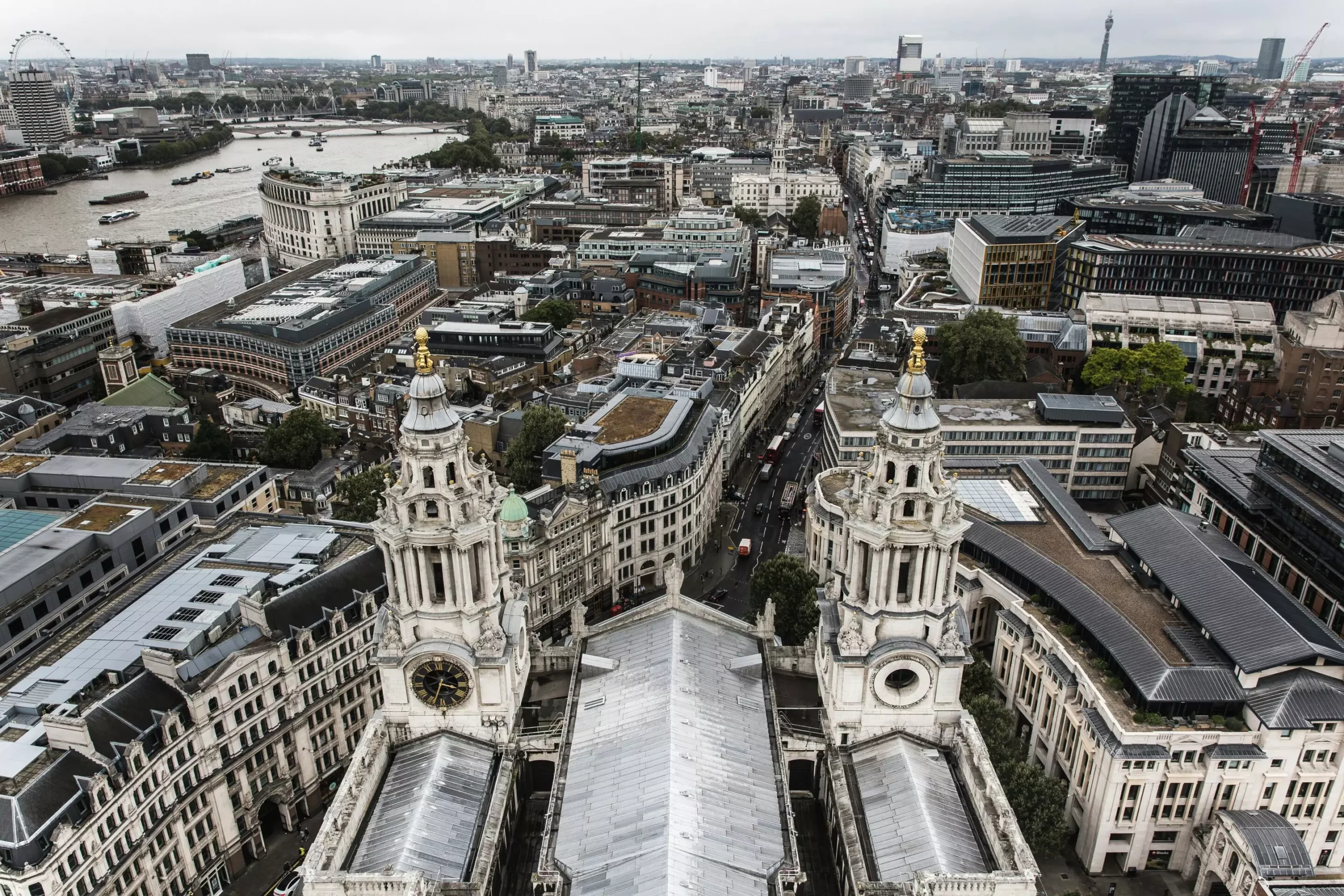The summer of 2018 was an unprecedented season for London, recording some of the highest temperatures in its history. An alarming report from UCL and the University of Exeter highlights that as many as 249 lives could have been saved through the implementation of cool roofs—reflective surfaces that mitigate heat absorption. With average temperatures peaking at 19.2 degrees Celsius, 1.6 degrees above the seasonal norm, the consequences of the urban heat island effect were on full display. This phenomenon, where urban areas experience warmer temperatures due to human activities and infrastructure, brought to light the urgent need for effective cooling strategies.
Understanding the Benefits of Cool Roofs
Reflective roofs primarily function by absorbing less heat from solar radiation compared to traditional dark surfaces. Through a complex simulation model, researchers determined that if London’s roofs had been painted white or other light colors, the city’s average temperature could have been reduced by approximately 0.8 degrees Celsius. This seemingly small change would have profound implications: it is estimated to have prevented around 32% of the 786 heat-related fatalities that summer. With urban environments suffering from heat accumulation, the adoption of cool roofs stands out as a simple yet potentially transformative solution.
Interestingly, the research extends beyond just the surface benefits of reflective roofing. The study also assessed the role rooftop solar panels could play in urban cooling. Though their primary function is energy generation, their installation could have yielded a temperature reduction of about 0.3 degrees Celsius, saving an additional 96 lives during the hot summer months. Not only do these panels serve as a renewable energy source, but they also contribute to lowering the ambient temperature—making them a dual-benefit investment for urban landscapes.
The financial analysis carried out by the researchers is equally telling. By preventing these heat-related deaths through the implementation of cool roofs, London could have mitigated an economic burden of approximately £615 million. The solar panels, while offering a lesser degree of cooling, still represented significant savings, estimated at around £237 million. These figures emphasize that the economic viability of implementing such infrastructure goes hand in hand with the expected health benefits, reinforcing the business case for investing in sustainable urban solutions.
As climate change continues to escalate, cities around the globe are positioned to face similar challenges. Notably, the increasing frequency of scorching summers will force urban planners to consider adaptive measures. Dr. Charles Simpson of UCL warns that the incidence of extreme heat is not an isolated event; it signals a broader trend impacting urban areas, particularly in the UK where approximately 83% of the population resides in cities. The research advocates for the urgent adoption of cool roofs as a strategy to adapt to rising temperatures while enhancing the livability of metropolitan spaces.
The Call for Action: Redefining Urban Infrastructure
Professor Tim Taylor from the University of Exeter articulates the pressing necessity for change. He emphasizes that urban adaptation must be a priority, urging local authorities and communities to explore the effective utilization of roof spaces. By leveraging the dual advantages of decreasing heat and generating renewable energy, cities can mitigate the negative impacts of climate change while also addressing energy sustainability. The findings of this study present a clear call to action for policymakers, urging them to prioritize adaptive infrastructure that actively combats urban heat.
The research underscored the critical many solutions available to combat urban heat in London—an aspect of climate change that is only anticipated to worsen. The implementation of cool roofs and rooftop solar panels presents a shared opportunity for enhancing public health, economic prosperity, and environmental sustainability. As cities grapple with the realities of climate change, such adaptations are not merely optional but essential for their survival and flourishing. The time for action is now, and the solutions are within reach.


Leave a Reply